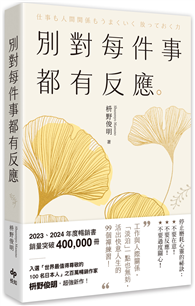This spirited account of the life and times of one of the seminal figures in history of English grammar dispels the myth of Lowth as the icon of prescriptivism, and establishes him as the most important figure in eighteenth-century English grammar.
Ingrid Tiecken-Boon van Ostade reexamines the life and work of Robert Lowth (1710-1787), founder of the grammatical prescriptivism so deprecated by modern linguists and educational theorists. She considers Lowth and his grammar in the context of his times and from the perspective of his aims and readership. She shows that, once the grammar had been accepted for publication, it developed into a publishers' project similar to Samuel Johnson's Dictionary of the English Language to which it was intended as a complement. Professor Tiecken draws on contemporary sources, including Lowth's extensive correspondence and unpublished memoir, to explore the social networks, aspirations, beliefs, and reading habits that informed and shaped his grammar and ideas on language. (She notes that Lowth's own language often falls short of the norms and strictures advanced in his book.) By comparing the grammar - in particular the problems of usage dealt with in its sections on syntax - with guides from the nineteenth and twentieth centuries, she redefines Lowth's seminal position in the history of handbooks for correct usage, as well as his role in the establishment of the canon of prescriptivism. This book will appeal to all those interested in the history of English, the role of language in the Enlightenment, and the long-running debate on linguistic correctness and the merits or otherwise of prescriptive rules in the teaching and use of English.| FindBook |
|
有 1 項符合
Ingrid Tieken-boo的圖書 |
 |
$ 7800 | The Bishop’s Grammar: Robert Lowth and the Rise of Prescriptivism
作者:Van Ostade、Ingrid Tieken-boo 出版社:OUP Oxford 出版日期:2011-01-07 語言:英文 規格:精裝 / 352頁 / 23.4 x 15.5 x 2 cm / 普通級  看圖書介紹 看圖書介紹
|
|
|
圖書介紹 - 資料來源:博客來 評分:
圖書名稱:The Bishop’s Grammar: Robert Lowth and the Rise of Prescriptivism in English
內容簡介
作者簡介
Ingrid Tieken-Boon van Ostade is Professor of English Sociohistorical Linguistics at the University of Leiden. She publishes the internet journal Historical Sociolinguistics and Sociohistorical linguistics. Her books include An Introduction to Late Modern English (EUP 2009), The Two Versions ofMalory’s Morte Darthur (Boydell and Brewer 1995), and The Auxiliary Do in Eighteenth-Century English (Foris 1987)
|











